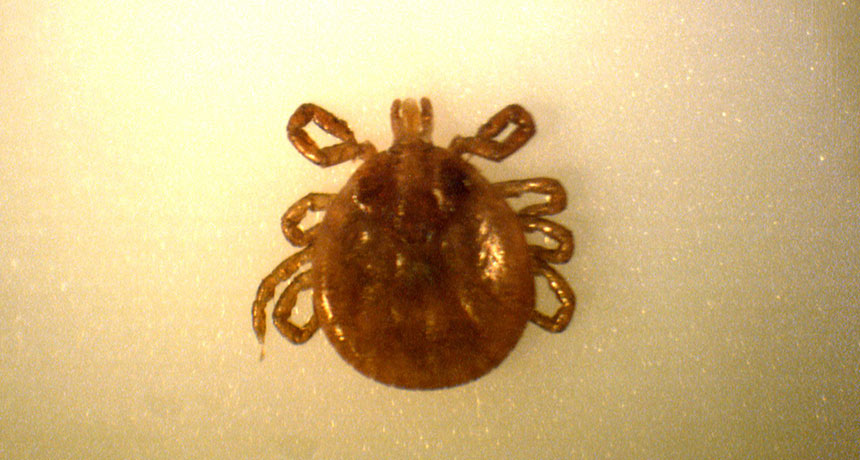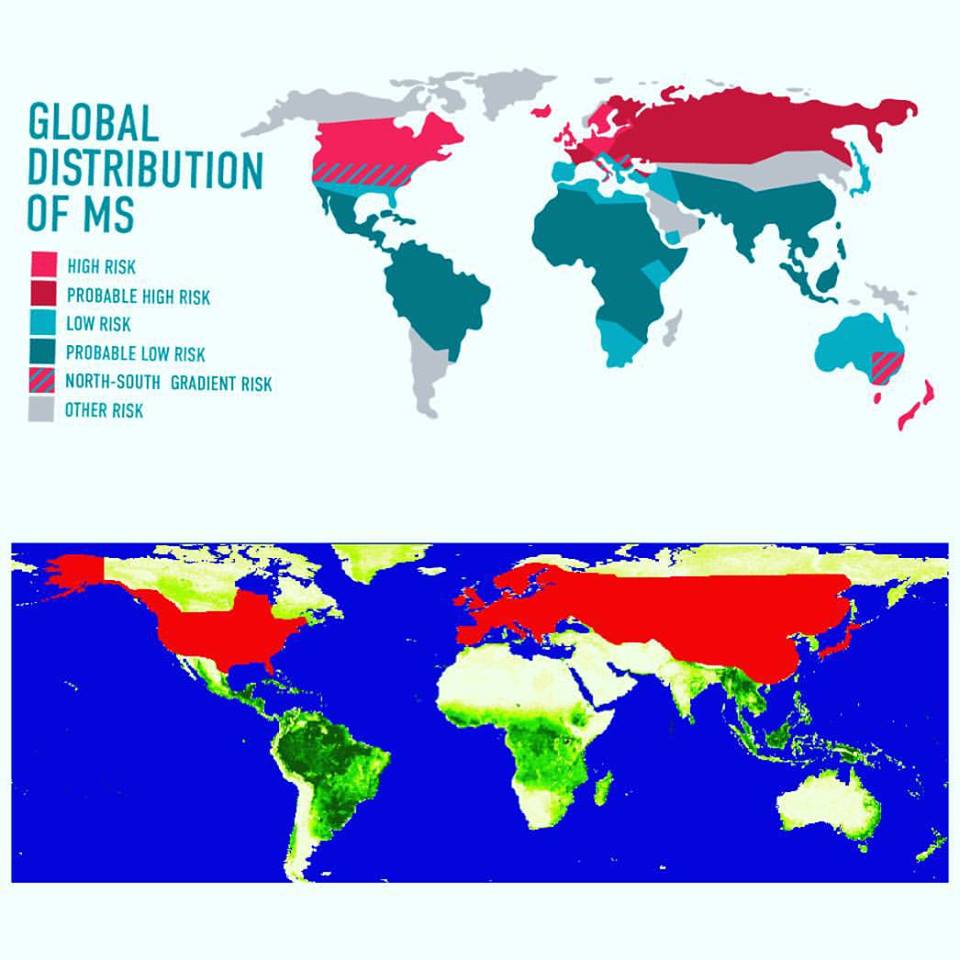
LOS ANGELES, Sept. 22, 2015 /PRNewswire-iReach/ — Lyme disease treatment guidelines developed by the International Lyme and Associated Diseases Society (ILADS) were posted today on the National Guideline Clearinghouse (NGC). They are the first Lyme guidelines which comply with the Institute of Medicine’s new standards for rigorous evidence assessment and patient engagement in the development process. Physicians rely on the NGC for trustworthy evidence-based treatment guidelines. The NGC, part of the US Department of Health and Human Services, requires that guidelines meet high quality standards to be accepted for posting.
Photo – http://photos.prnewswire.com/prnh/20150922/269327
These new guidelines are the first Lyme disease guidelines to use GRADE, an exacting method for evaluating the quality of research studies, and to include a Lyme patient on the development panel.
“These guidelines put patients front and center,” according to Lorraine Johnson, JD, MBA, Chief Executive Officer of LymeDisease.org, who is a co-author of the ILADS guidelines.
“There are two standards of care in Lyme disease—those of ILADS and those of the Infectious Diseases Society of America,” Johnson says. “Physicians should discuss both standards of care with patients. Patients should make informed choices in consultation with their doctors about their best treatment options, based on their personal values and circumstances.”
The guidelines were developed over a two-year period with co-authors Dr. Elizabeth Maloney, MD, a provider of continuing medical education courses on tick-borne illnesses, and Dr. Dan Cameron, MD, a treating physician who is President of ILADS.
Following development, the guidelines were extensively reviewed by internal and external experts and published in a peer-reviewed journal, Expert Review of Anti-Infective Therapy. The guidelines, “Evidence Assessments and Guideline Recommendations in Lyme disease: The Clinical Management of Known Tick Bites, Erythema Migrans Rashes and Persistent Disease,” reflect the most current science. LymeDisease.org has endorsed the guidelines.
The Institute of Medicine was chartered by the US Congress to publish its standards on developing trustworthy guidelines in response to a growing climate of distrust arising from guideline developers with commercial ties that create worrisome conflicts of interest. Those with commercial ties were precluded from participating in the ILADS guideline process.
Cameron noted that the guidelines “recommend that clinicians perform a deliberate and individualized assessment of the potential risks and benefits of various treatment options before making their initial selection” and encourage close patient follow-up. Maloney stated that “using this patient-centered approach should reduce the risk of chronic illness due to inadequate antibiotic therapy.”
Johnson pointed out that the new guidelines include shared medical decision-making. “A lot of the treatment decisions in Lyme disease depend on trade-offs. How sick is the patient? How invasive is the treatment? What does the patient want? Patients need to understand the risks and benefits of treatment options to make informed medical choices. These guidelines provide that information.”
As one 51-year-old Oregon patient put it, “I’m the one devastated by this disease, and the truth is, many doctors don’t know how to treat it. With so much uncertainty, we should be offered access to all treatment approaches.”
About Lyme disease: Lyme disease is a bacterial infection primarily transmitted by ticks. It is found throughout the United States, as well as in more than 60 other countries. Untreated Lyme disease can result in neurological disorders, crippling muscle and joint pain, heart conditions, disabling fatigue, and psychological disorders. Even when Lyme disease is caught early and treated with a short course of antibiotics, debilitating symptoms can persist and require additional longer-term treatment.
The Centers for Disease Control and Prevention estimates that 300,000 people are diagnosed with Lyme disease in the US every year. Although it can affect people of all ages, according to the CDC it is most common in children, older adults, and those who spend time in outdoor activities.
About LymeDisease.org: Since 1989, LymeDisease.org has advocated nationally for quality accessible healthcare for patients with Lyme and other tick-borne diseases. It is committed to shaping health policy through advocacy, legal and ethical analysis, education, physician training, and medical research. Its mission is to prevent Lyme disease, prevent acute Lyme disease from becoming chronic, and to gain access to care for patients with chronic Lyme disease. For more information, visit lymedisease.org.
About ILADS: ILADS is a nonprofit, international, multidisciplinary medical society dedicated to the appropriate diagnosis and treatment of Lyme and associated diseases. For more information, visit www.ILADS.org.




